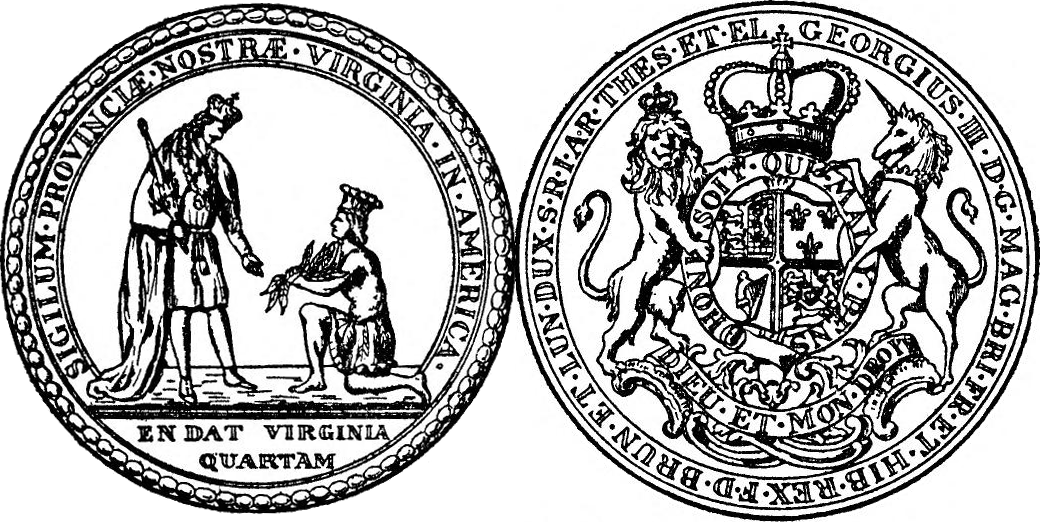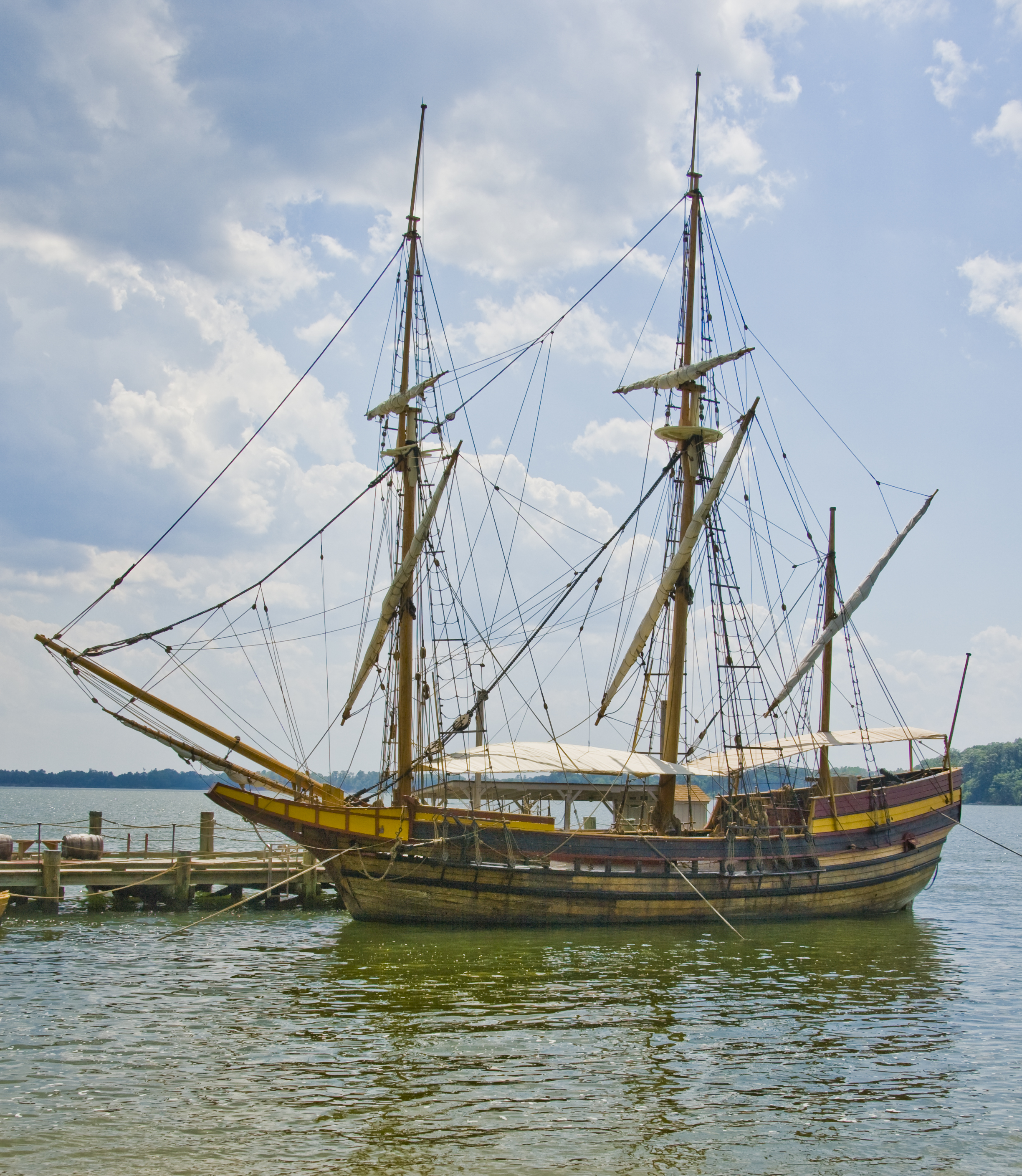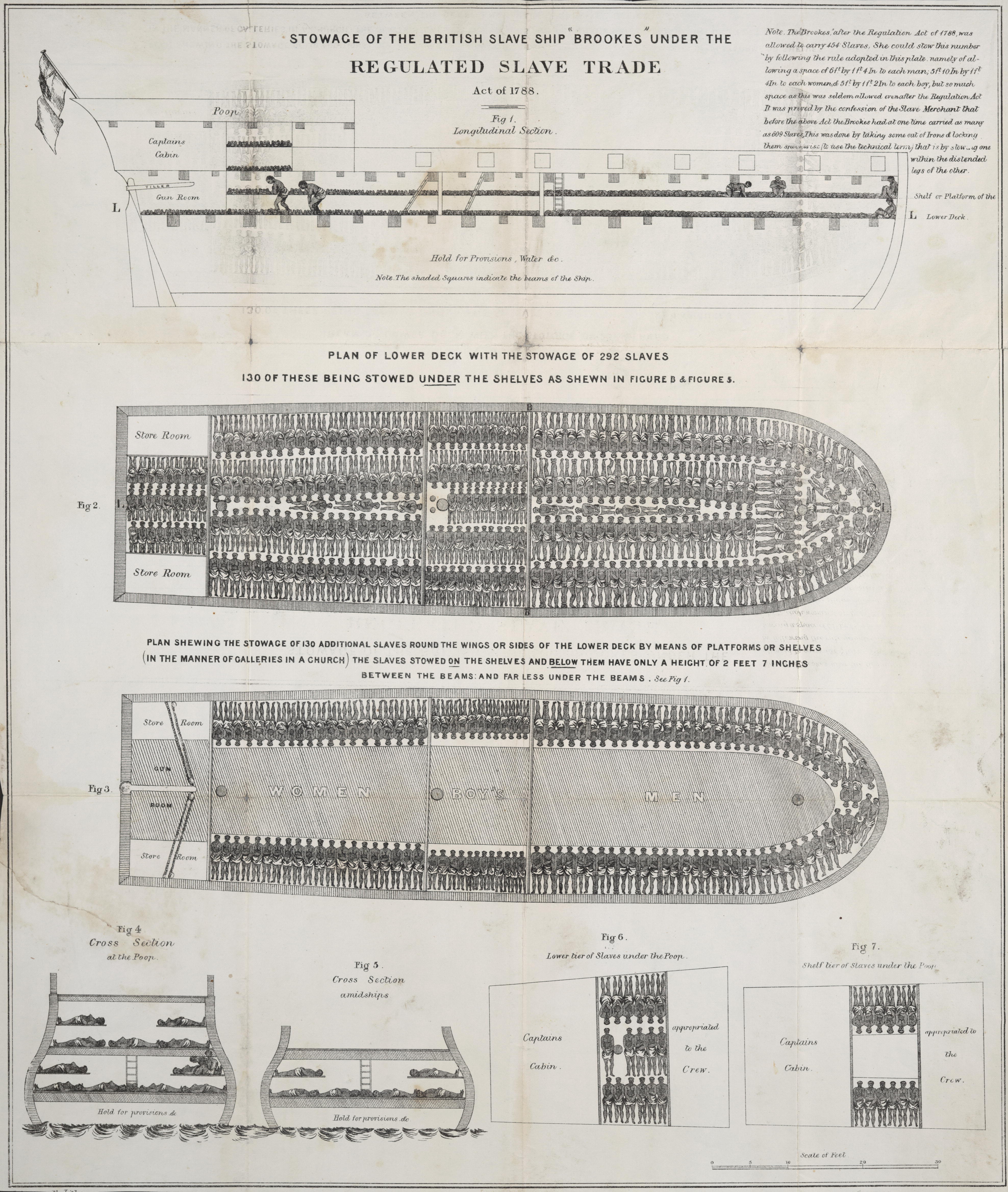|
Roots (book)
''Roots: The Saga of an American Family'' is a 1976 novel written by Alex Haley. It tells the story of Kunta Kinte, an 18th-century African, captured as an adolescent, sold into slavery in Africa, and transported to North America; it follows his life and the lives of his descendants in the United States down to Haley. The release of the novel, combined with its hugely popular television adaptation, ''Roots'' (1977), led to a cultural sensation in the United States. The novel spent forty-six weeks on ''The New York Times'' Best Seller List, including twenty-two weeks at number one. The last seven chapters of the novel were later adapted in the form of a second miniseries, '' Roots: The Next Generations'' (1979). It stimulated interest in African American genealogy and an appreciation for African-American history. The book was originally described as "fiction," yet sold in the non-fiction section of bookstores. Haley spent the last chapter of the book describing his research in ... [...More Info...] [...Related Items...] OR: [Wikipedia] [Google] [Baidu] |
Alex Haley
Alexander Murray Palmer Haley (August 11, 1921 – February 10, 1992) was an American writer and the author of the 1976 book '' Roots: The Saga of an American Family.'' ABC adapted the book as a television miniseries of the same name and aired it in 1977 to a record-breaking audience of 130 million viewers. In the United States, the book and miniseries raised the public awareness of black American history and inspired a broad interest in genealogy and family history. Haley's first book was ''The Autobiography of Malcolm X'', published in 1965, a collaboration through numerous lengthy interviews with Malcolm X.Stringer, Jenny (ed), ''The Oxford Companion to Twentieth-Century Literature in English'' (1986), Oxford University Press, p 275 He was working on a second family history novel at his death. Haley had requested that David Stevens, a screenwriter, complete it; the book was published as '' Queen: The Story of an American Family.'' It was adapted as a miniseries, '' Al ... [...More Info...] [...Related Items...] OR: [Wikipedia] [Google] [Baidu] |
The Gambia
The Gambia,, ff, Gammbi, ar, غامبيا officially the Republic of The Gambia, is a country in West Africa. It is the smallest country within mainland AfricaHoare, Ben. (2002) ''The Kingfisher A-Z Encyclopedia'', Kingfisher Publications. p. 11. . and is surrounded by Senegal, except for its western coast on the Atlantic Ocean. The Gambia is situated on both sides of the lower reaches of the Gambia River, the nation's namesake, which flows through the centre of the Gambia and empties into the Atlantic Ocean, thus the long shape of the country. It has an area of with a population of 1,857,181 as of the April 2013 census. Banjul is the Gambian capital and the country's largest metropolitan area, while the largest cities are Serekunda and Brikama. The Portugal, Portuguese in 1455 entered the Gambian region, the first Europeans to do so, but never established important trade there. In 1765, the Gambia was made a part of the British Empire by establishment of the Gambia Col ... [...More Info...] [...Related Items...] OR: [Wikipedia] [Google] [Baidu] |
Alamance County, North Carolina
Alamance County (), from the North Carolina Collection's website at the University of North Carolina at Chapel Hill. Retrieved September 18, 2012. is a county in North Carolina. As of the 2020 census, the population was 171,415. Its county seat is Graham. Formed in 1849 from Orange County to the east, Alamance County has been the site of significant historical events, textile manufacturing, and agriculture. Alamance County comprises the Burlington Metropolitan Statistical Area, which is also included in the Greensboro–Winston-Salem– High Point Combined Statistical Area. The 2018 estimated population of the metropolitan area was 166,436. History Before being formed as a county, the region had at least one known small Southeastern tribe of Native Americans in the 18th century, the Sissipahaw, who lived in the area bounded by modern Saxapahaw, the area known as the Hawfields, and the Haw River. European settlers entered the region in the late 17th century chiefly following ... [...More Info...] [...Related Items...] OR: [Wikipedia] [Google] [Baidu] |
Cockfighting
A cockfight is a blood sport, held in a ring called a cockpit. The history of raising fowl for fighting goes back 6,000 years. The first documented use of the ''word'' gamecock, denoting use of the cock as to a "game", a sport, pastime or entertainment, was recorded in 1634, after the term "cock of the game" used by George Wilson, in the earliest known book on the sport of cockfighting in ''The Commendation of Cocks and Cock Fighting'' in 1607. But it was during Magellan's voyage of discovery of the Philippines in 1521 when modern cockfighting was first witnessed and documented for Westerners by the Italian Antonio Pigafetta, Magellan's chronicler, in the Kingdom of Taytay. The combatants, referred to as gamecocks (not to be confused with game birds), are specially bred and conditioned for increased stamina and strength. Male and female chickens of such a breed are referred to as game fowl. Cocks possess congenital aggression toward all males of the same species. Wagers are ... [...More Info...] [...Related Items...] OR: [Wikipedia] [Google] [Baidu] |
American Revolutionary War
The American Revolutionary War (April 19, 1775 – September 3, 1783), also known as the Revolutionary War or American War of Independence, was a major war of the American Revolution. Widely considered as the war that secured the independence of the United States, fighting began on April 19, 1775, followed by the Lee Resolution on July 2, 1776, and the Declaration of Independence on July 4, 1776. The American Patriots were supported by the Kingdom of France and, to a lesser extent, the Dutch Republic and the Spanish Empire, in a conflict taking place in North America, the Caribbean, and the Atlantic Ocean. Established by royal charter in the 17th and 18th centuries, the American colonies were largely autonomous in domestic affairs and commercially prosperous, trading with Britain and its Caribbean colonies, as well as other European powers via their Caribbean entrepôts. After British victory over the French in the Seven Years' War in 1763, tensions between the motherland and he ... [...More Info...] [...Related Items...] OR: [Wikipedia] [Google] [Baidu] |
Colony Of Virginia
The Colony of Virginia, chartered in 1606 and settled in 1607, was the first enduring English colonial empire, English colony in North America, following failed attempts at settlement on Newfoundland (island), Newfoundland by Sir Humphrey GilbertGilbert (Saunders Family), Sir Humphrey" (history), ''Dictionary of Canadian Biography'' Online, University of Toronto, May 2, 2005 in 1583 and the colony of Roanoke (further south, in modern eastern North Carolina) by Sir Walter Raleigh in the late 1580s. The founder of the new colony was the Virginia Company, with the first two settlements in Jamestown, Virginia, Jamestown on the north bank of the James River and Popham Colony on the Kennebec River in modern-day Maine, both in 1607. The Popham colony quickly failed due to Starving Time, a famine, disease, and conflicts with local Native American tribes in the first two years. Jamestown occupied land belonging to the Powhatan Confederacy, and was also at the brink of failure before the arr ... [...More Info...] [...Related Items...] OR: [Wikipedia] [Google] [Baidu] |
Spotsylvania County, Virginia
Spotsylvania County is a county in the U.S. state of Virginia. As of the July 2021 estimate, the population was 143,676. Its county seat is Spotsylvania Courthouse. History At the time of European encounter, the inhabitants of the area that became Spotsylvania County were a Siouan-speaking tribe called the Manahoac. As the colonial population increased, Spotsylvania County was established in 1721 from parts of Essex, King and Queen, and King William counties. The county was named in Latin for Lieutenant Governor of Virginia Alexander Spotswood who incidentally was also the second greatgrandfather of Robert E Lee. Many major battles were fought in this county during the Civil War, including the Battle of Chancellorsville, Battle of the Wilderness, Battle of Fredericksburg, and Battle of Spotsylvania Court House. The war resulted in widespread disruption and opportunity: some 10,000 African-American slaves left area plantations and city households to cross the Rappahannock Ri ... [...More Info...] [...Related Items...] OR: [Wikipedia] [Google] [Baidu] |
Province Of Maryland
The Province of Maryland was an English and later British colony in North America that existed from 1632 until 1776, when it joined the other twelve of the Thirteen Colonies in rebellion against Great Britain and became the U.S. state of Maryland. Its first settlement and capital was St. Mary's City, in the southern end of St. Mary's County, which is a peninsula in the Chesapeake Bay and is also bordered by four tidal rivers. The province began as a proprietary colony of the English Lord Baltimore, who wished to create a haven for English Catholics in the New World at the time of the European wars of religion. Although Maryland was an early pioneer of religious toleration in the English colonies, religious strife among Anglicans, Puritans, Catholics, and Quakers was common in the early years, and Puritan rebels briefly seized control of the province. In 1689, the year following the Glorious Revolution, John Coode led a rebellion that removed Lord Baltimore, a Catholic, from pow ... [...More Info...] [...Related Items...] OR: [Wikipedia] [Google] [Baidu] |
Annapolis
Annapolis ( ) is the capital city of the U.S. state of Maryland and the county seat of, and only incorporated city in, Anne Arundel County. Situated on the Chesapeake Bay at the mouth of the Severn River, south of Baltimore and about east of Washington, D.C., Annapolis forms part of the Baltimore–Washington metropolitan area. The 2020 census recorded its population as 40,812, an increase of 6.3% since 2010. This city served as the seat of the Confederation Congress, formerly the Second Continental Congress, and temporary national capital of the United States in 1783–1784. At that time, General George Washington came before the body convened in the new Maryland State House and resigned his commission as commander of the Continental Army. A month later, the Congress ratified the Treaty of Paris of 1783, ending the American Revolutionary War, with Great Britain recognizing the independence of the United States. The city and state capitol was also the site of the 1786 An ... [...More Info...] [...Related Items...] OR: [Wikipedia] [Google] [Baidu] |
Lord Ligonier (slave Ship)
''Lord Ligonier'' was an 18th-century British slave ship built in New England that unloaded enslaved Africans in Annapolis, Maryland in 1767. The ship was made famous by Alex Haley's novel, '' Roots: The Saga of an American Family'', in which it brought his ancestor, Kunta Kinte, from The Gambia to the colonial United States. Construction ''Lord Ligonier'' was originally laid down in 1763. The ship was built for hauling tobacco, spice, lumber, and human cargo - enslaved Africans. In June 1765 the ship's owner, Horace Andrews, hired a crew of 40 men and a captain named Davies. The ship had six decks in all, four for carrying enslaved Africans and two for hauling spice, lumber, and tobacco. ''Lord Ligonier'' was a sailing ship, built to weather Atlantic storms. It could carry 170 enslaved Africans, 40 crew members, and various amounts of other cargo. Although it could carry 170 enslaved people if they were packed in sideways, the ship's capacity was reduced to 140 when they la ... [...More Info...] [...Related Items...] OR: [Wikipedia] [Google] [Baidu] |
Slave Ship
Slave ships were large cargo ships specially built or converted from the 17th to the 19th century for transporting slaves. Such ships were also known as "Guineamen" because the trade involved human trafficking to and from the Guinea coast in West Africa. Atlantic slave trade In the early 1600s, more than a century after the arrival of Europeans to the Americas, demand for unpaid labor to work plantations made slave-trading a profitable business. The Atlantic slave trade peaked in the last two decades of the 18th century, during and following the Kongo Civil War. To ensure profitability, the owners of the ships divided their hulls into holds with little headroom, so they could transport as many slaves as possible. Unhygienic conditions, dehydration, dysentery and scurvy led to a high mortality rate, on average 15% and up to a third of captives. Often the ships carried hundreds of slaves, who were chained tightly to plank beds. For example, the slave ship ''Henrietta Marie ... [...More Info...] [...Related Items...] OR: [Wikipedia] [Google] [Baidu] |
Toubab
"Toubab" , "Toubabou" or "Toubob" is a Central and West African name for a person of European descent ("whites"). Used most frequently in The Gambia, Senegal, Guinea, and Mali, and also in Ivory Coast. The word can also be applied to any perceived traveler, usually only those with a different phenotype, up to foreign-raised locals (thus with a different accent) or visiting expatriates. In Alex Haley's book ''Roots'', the word is spelled "toubob", and the phrase "toubob fa" (kill toubob) is used several times. In God's Bits of Wood, authored by Senegalese Sembene Ousmane, the natives call the French colonizers ''toubab'' (singular) or ''toubabs'' (plural). In the fourth episode of the Roots Miniseries, Kizzy refers to her slave masters as "toubab", or white. Etymology The origin of the word is disputed. A verb in the Wolof language means "to convert" (missionaries during colonial times, being whites coming from Europe). The word could have derived from the two bob (two shillings ... [...More Info...] [...Related Items...] OR: [Wikipedia] [Google] [Baidu] |



.jpg)




